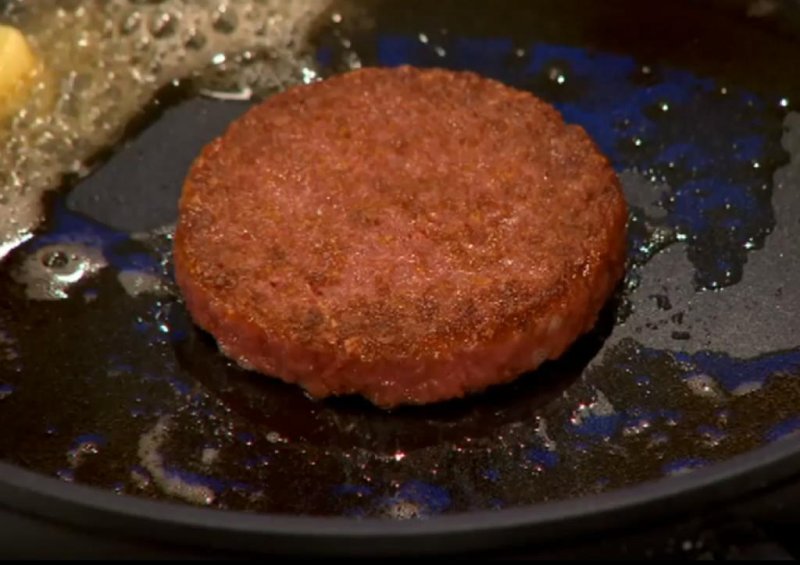Dutch scientists at Maastricht University in the Netherlands announced last year that they had successfully grown muscle tissue from stem cells, and now that meat has finally reached the table.
In May, Dr. Mark Post announced his team had successfully assembled 20,000 strips of the lab-grown meat into a hamburger. After informal taste tests in the lab, Post said the meat "tastes reasonably good."















